Carbon monoxide (CO) is a silent threat to every enclosed space. It has no smell, taste, or color, making it impossible to detect without an alarm. A CO leak can come from gas appliances, heating systems, or even vehicles in an attached garage. Without proper alarm placement, employees and customers could be at risk of poisoning before anyone realizes there’s a problem. Prolonged exposure can lead to dizziness, confusion, and even fatal consequences. With these risks in mind, you might find yourself asking: so where do you install a carbon monoxide alarm?
Table of Contents
ToggleIf you’re concerned about your business or workplace, know that safety isn’t just about protecting people—it’s also a legal responsibility. Many regulations require CO alarms in commercial buildings, and failing to install them properly can result in fines or liability issues. Understanding where to put carbon monoxide detector units is a key part of compliance and risk management. The right carbon monoxide alarm placement ensures early detection, prevents potential disasters, and creates a safer environment for everyone inside your business.
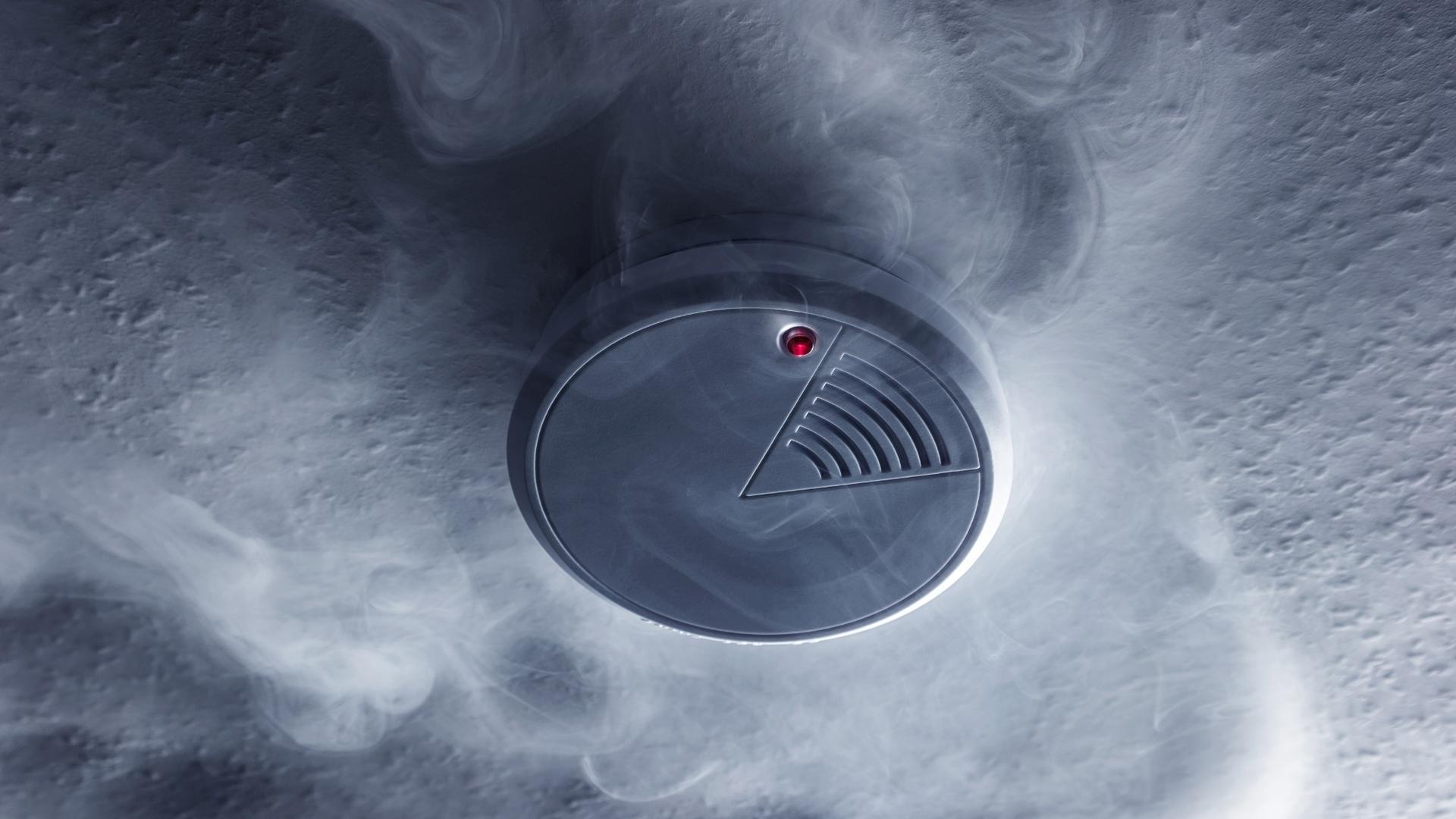
Where to Put Carbon Monoxide Detector
Now that you understand the dangers of carbon monoxide, the next question is: where to put carbon monoxide detector units in your business? Proper placement is crucial to ensuring early detection and keeping employees and customers safe. CO alarms should be installed on every floor of your building, including basements and storage areas. Carbon monoxide can spread quickly, and without alarms in key locations, dangerous levels may go undetected. If your workplace has multiple rooms or sections, placing alarms throughout the space will help cover all potential risks.
Certain areas require extra attention when planning monoxide detector placement. If your workplace includes break rooms, offices, or sleeping areas—such as hotels, dormitories, or staff rest spaces—install alarms near these locations. CO exposure during sleep is especially dangerous because symptoms may go unnoticed. Additionally, enclosed spaces where fuel-burning equipment operates, like boiler rooms or mechanical areas, should have alarms nearby. By strategically deciding where to place carbon monoxide alarm units, you can create a safer environment and reduce the risk of CO poisoning in your workplace.
Monoxide Detector Placement: Height and Distance Guidelines
Once you’ve decided where to install CO alarms in your workplace, the next step is getting the placement right. Many business owners wonder about the best height for installation. Should alarms go on the ceiling or the wall? The answer depends on the manufacturer’s guidelines, but generally, CO is slightly lighter than air and can mix evenly. This means monoxide detector placement works well on either the ceiling or high up on a wall, at least 5 feet above the floor. If you’re installing a ceiling-mounted alarm, keep it at least 12 inches away from walls to allow proper airflow.
Another key factor in carbon monoxide alarm placement is distance from potential obstructions. Never install alarms too close to fuel-burning appliances like stoves, fireplaces, or furnaces, as these can cause false alarms. Avoid placing detectors near vents, fans, or windows, where air circulation may prevent CO from reaching the sensor. If you’re asking yourself where should CO detectors be placed for maximum efficiency, think about open areas with steady airflow, free from anything that could block or dilute CO levels. Proper positioning ensures your alarms work accurately when you need them most. And while you’re focusing on CO alarm placement, don’t forget about other safety essentials like your fire alarm system installation. Both systems are crucial in keeping your business and everyone inside safe from a variety of risks—make sure they are installed properly for comprehensive protection!
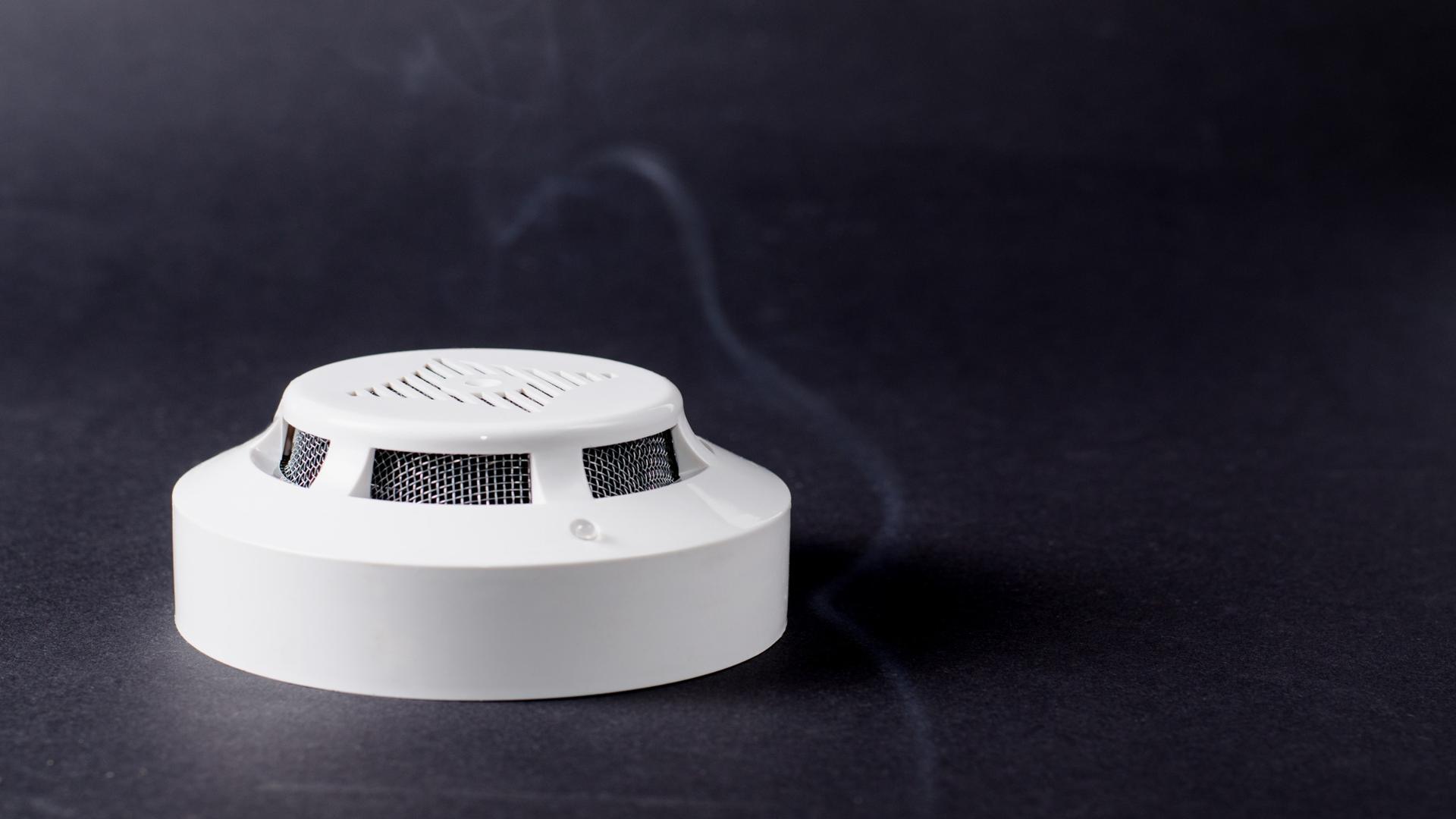
Where Should CO Detectors Be Placed? Avoid These Mistakes
You’re not alone when you ask: where do you install a carbon monoxide alarm to guarantee the best protection? But keep in mind that while placement is key, avoiding common mistakes is just as important. One of the biggest errors is installing CO alarms in the wrong locations. For example, placing detectors in kitchens or near fuel-burning appliances can lead to frequent false alarms. Similarly, installing them too close to HVAC systems, air vents, or fans can prevent them from detecting CO properly. Constant airflow in these areas may dilute CO levels, delaying detection and putting your business at risk.
Another mistake is ignoring environmental factors that affect monoxide detector placement. CO alarms should never be installed in humid areas like bathrooms, as moisture can interfere with sensor accuracy. Likewise, placing alarms too close to doors or windows can create false readings or prevent alarms from going off when they should. If you’re wondering where to place carbon monoxide alarm units for maximum effectiveness, choose areas with stable air circulation—not near direct drafts, heat sources, or excess humidity. Proper positioning ensures your CO detectors function correctly and keep your business safe. While you’re securing your workplace, don’t forget about residential fire alarm installation & servicing at home. CO and fire alarms may serve different purposes, but both are essential to keeping everyone safe. Protect both your business and home with the right alarms in place!
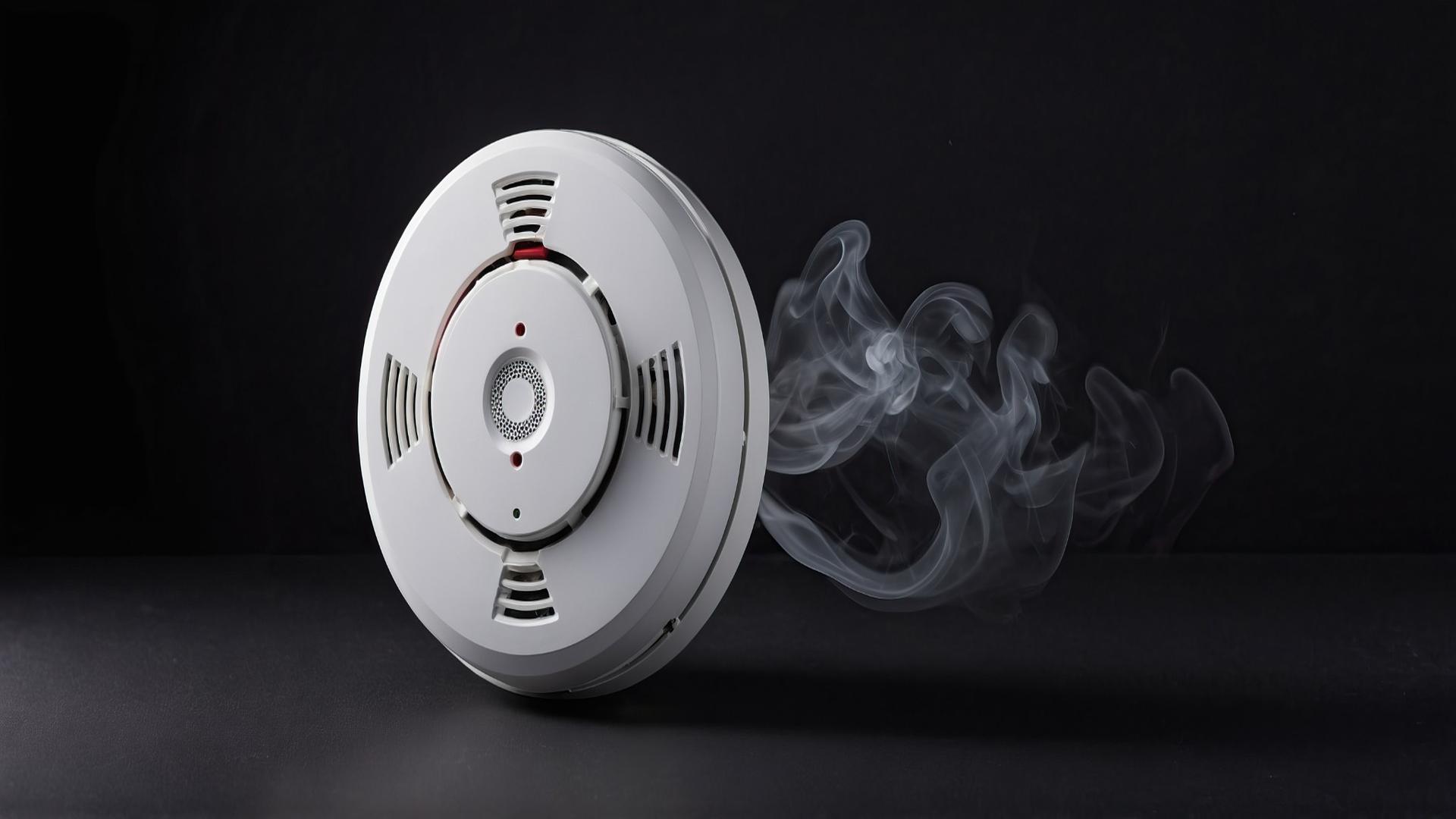
Keeping Your Business Safe with Maintenance and Compliance
Now that you know where do you install a carbon monoxide alarm and how to position them correctly, it’s time to talk about keeping your CO alarms in top condition. Regular maintenance is key to ensuring they work when needed most. Start by checking the batteries in your CO detectors at least once a month. If your alarms are battery-powered, replace the batteries every six months—a simple task that can save lives. If you have hardwired alarms, ensure that they are properly connected and tested regularly.
In addition to battery checks, test your alarms monthly to make sure they are responding as expected. Many detectors have a test button for easy checking. And don’t forget to replace your detectors every 5 to 7 years, or according to the manufacturer’s instructions. Staying on top of carbon monoxide alarm placement and regular maintenance ensures that your detectors remain reliable over time. Finally, remember that your business is subject to local safety regulations regarding CO alarms. Regular checks help you stay compliant and avoid potential fines or safety violations. And while you’re maintaining your CO alarms, remember the importance of commercial fire alarm system maintenance. Just like CO alarms, fire alarms need regular checks to stay functional and compliant. Don’t let your business fall short—make sure both systems are always ready to protect your employees and customers!
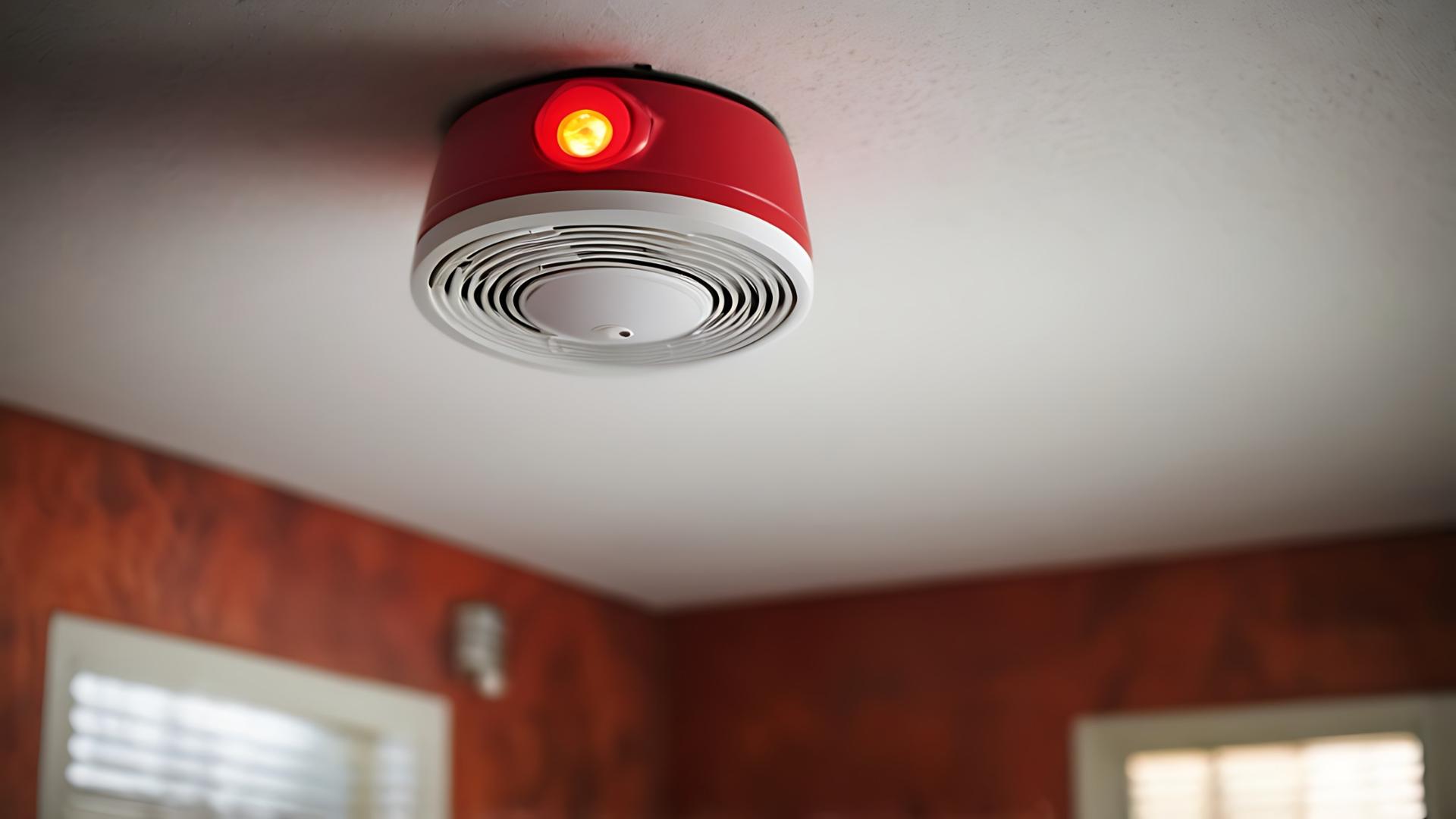
Prioritizing Safety with Proper Carbon Monoxide Alarm Placement
When it comes to keeping your business safe, where do you install a carbon monoxide alarm is a critical question. Proper CO alarm placement is key to ensuring early detection and protecting everyone inside your business. Remember, alarms should be installed on every floor, including basements, and near high-risk areas like break rooms, sleeping areas, and enclosed spaces. Correct placement is essential, but it’s also important to avoid common mistakes, such as installing alarms in kitchens or near vents, which could lead to false readings or missed detections.
Just as important as the initial installation is ongoing maintenance. Regular battery checks, testing, and replacing old detectors will ensure your alarms function when needed most. Staying on top of CO alarm maintenance not only keeps your business safe but also ensures compliance with safety regulations. A well-maintained CO alarm system offers peace of mind, knowing that you’re doing everything possible to protect your employees and customers. Proper placement, maintenance, and compliance with safety standards make a significant difference in preventing CO poisoning and maintaining a secure environment. By following these guidelines, you’re taking the right steps to prioritize safety and keep your business protected.

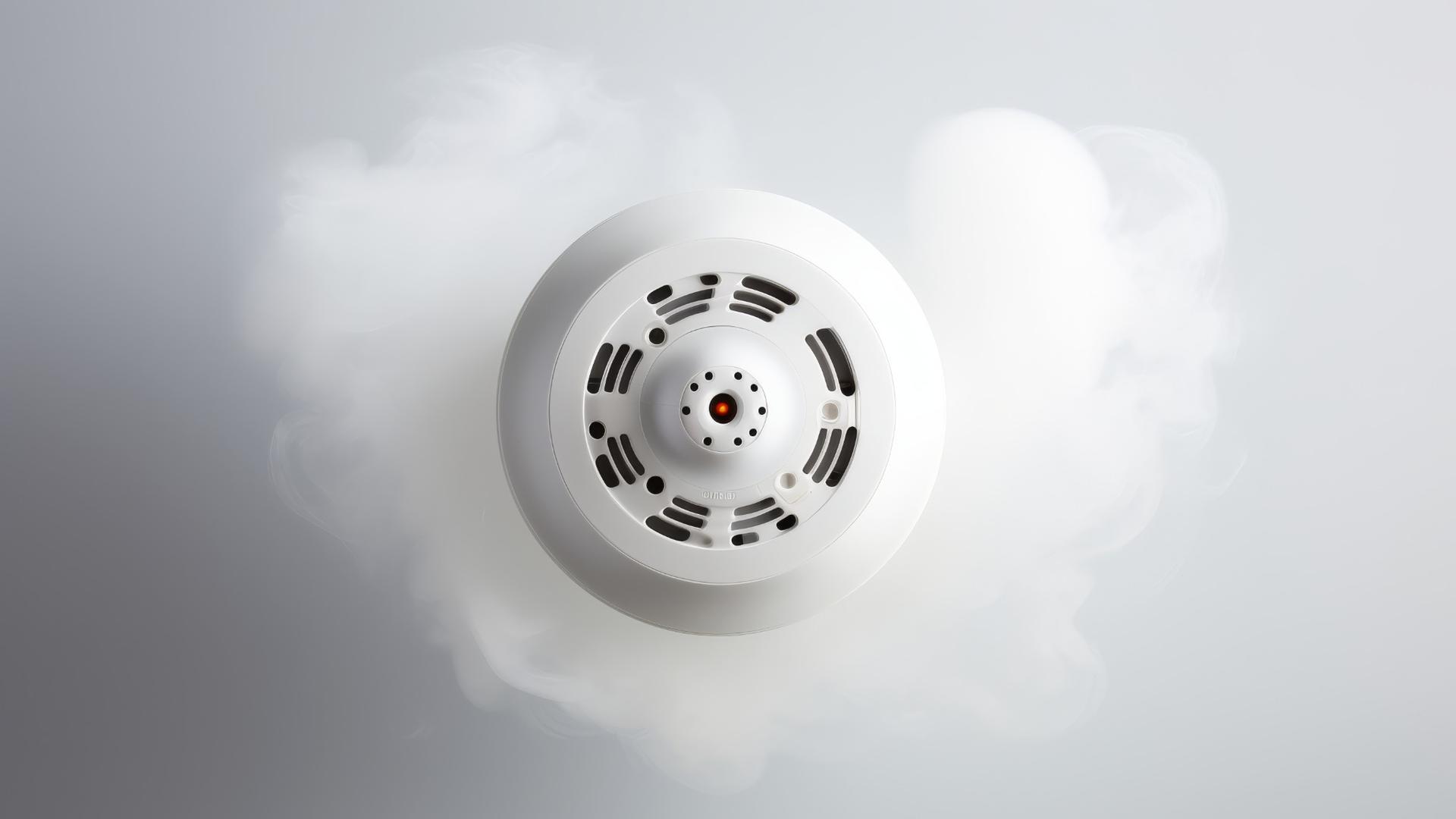
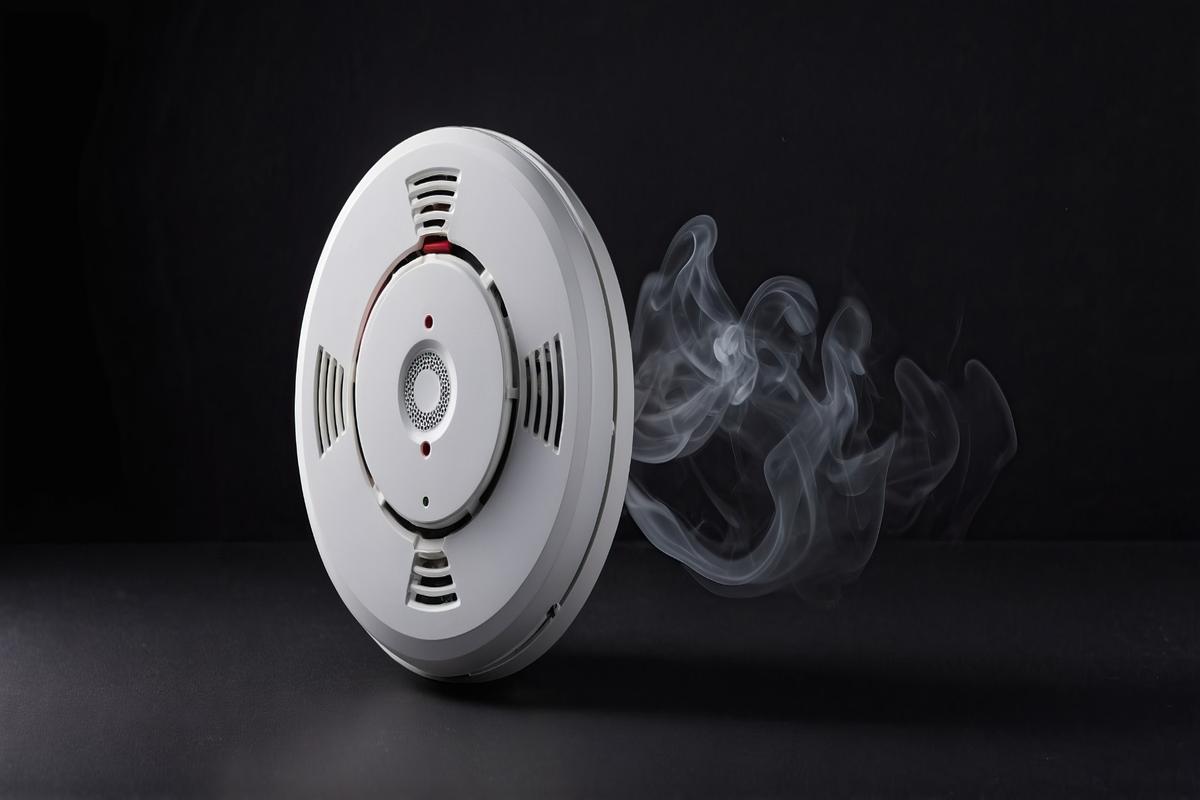
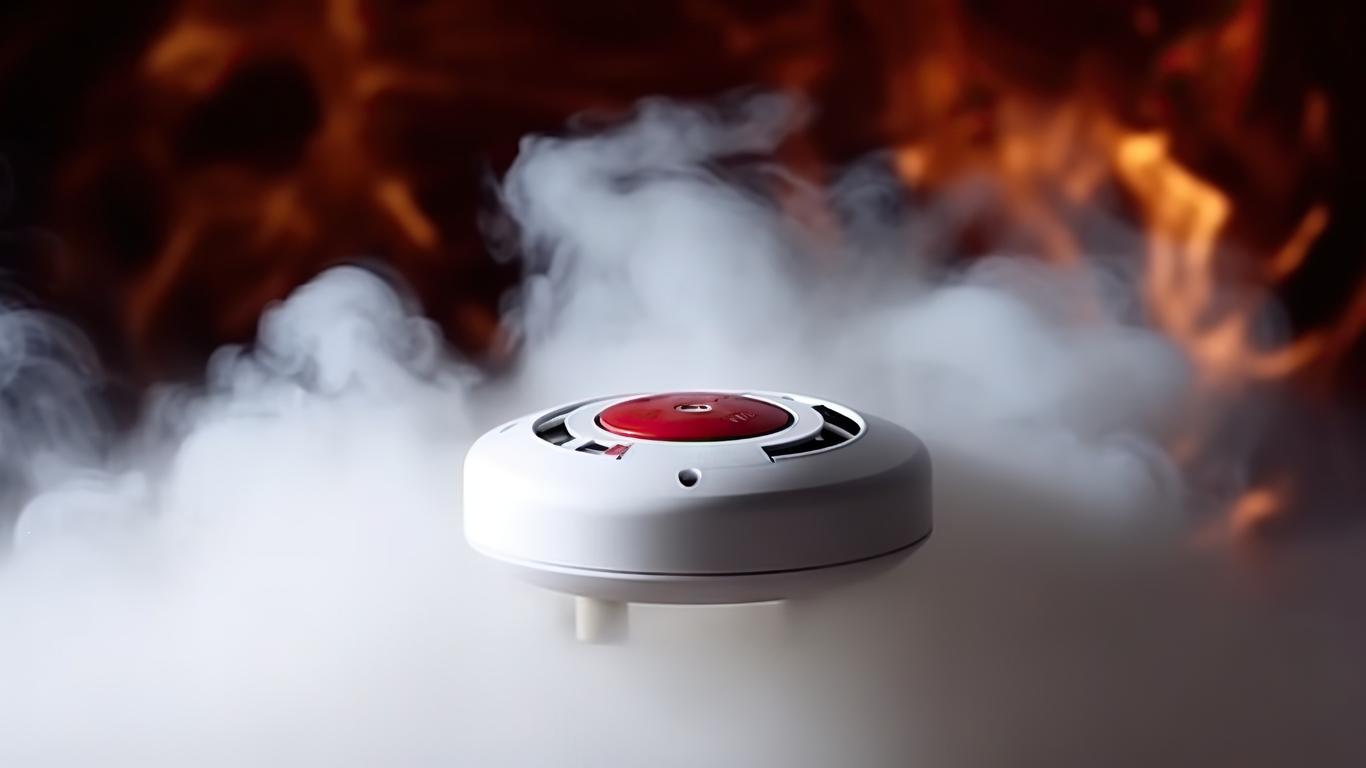
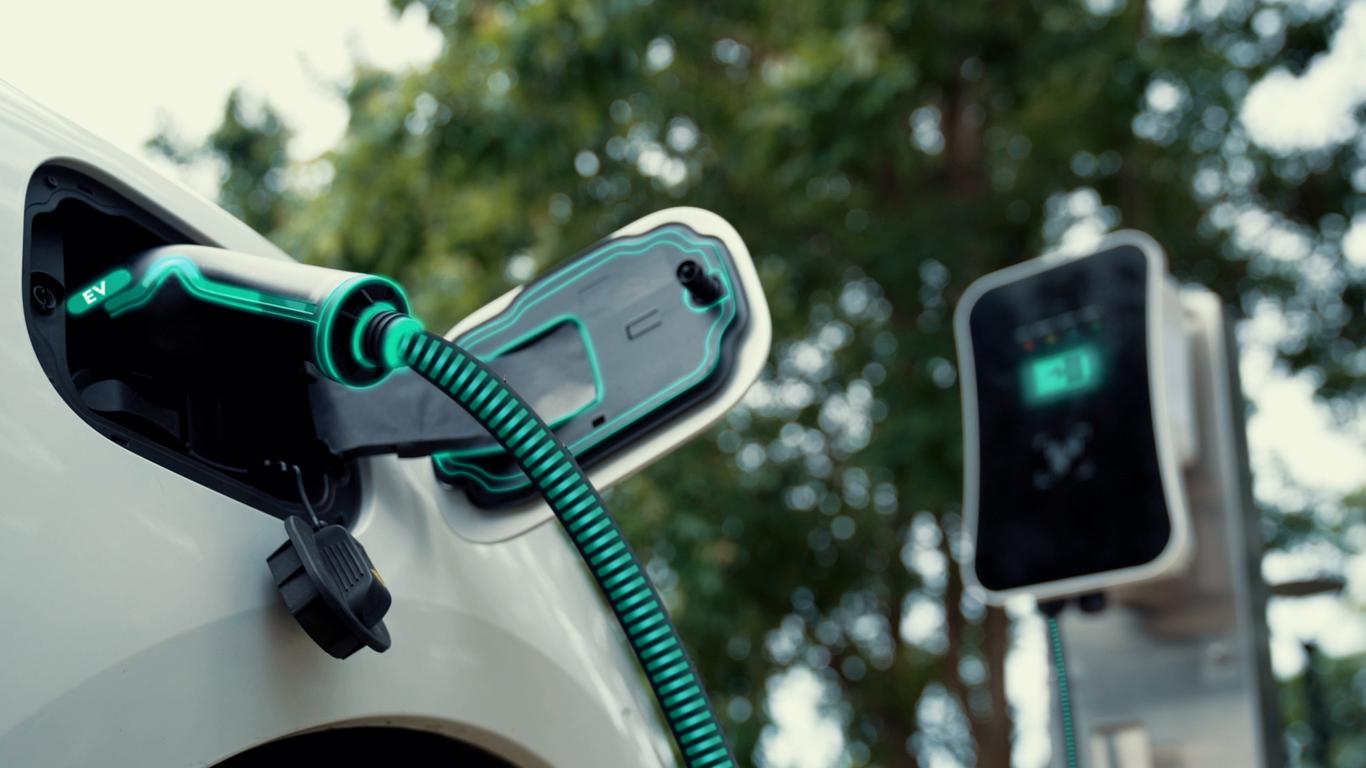
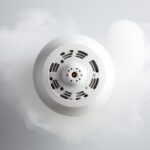
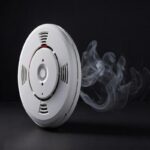
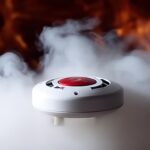
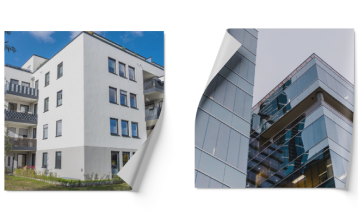
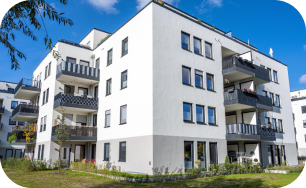
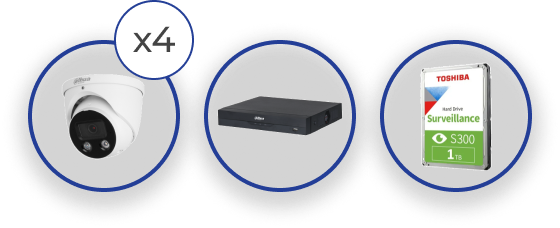

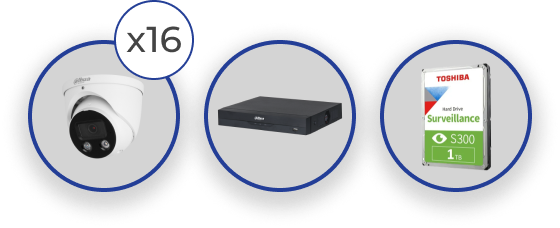
No comment